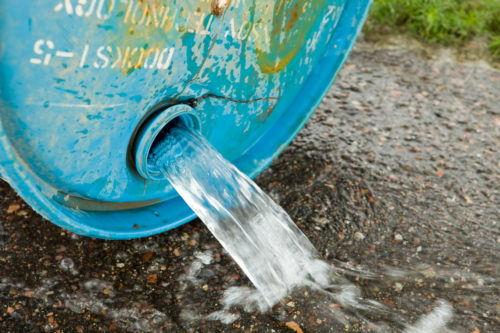CalOES Proposes Rules to Clarify California Release Reporting Requirements
June 24, 2021
California’s existing release reporting requirements, which are in addition to federal requirements, are viewed by many as vague and often require companies to make difficult judgment calls to determine if small spills or threatened releases must be reported. In workshops held on June 22 and 24, 2021 the California Office of Emergency Services (CalOES) previewed amendments to its Hazardous Material Release Reporting regulations that aim to clarify when a release or threatened release of a hazardous substance must be reported. While the proposed regulations will, when adopted, provide more regulatory certainty, they are still a work-in-progress and require additional clarity that we hope will occur before the proposed regulations are final.
CalOES proposes to define “Release Reporting” to require that “the handler or person shall, upon discovery, immediately report any significant release or threatened release of a hazardous material to the Unified Program Agency (UPA), and to the Office, unless the release is contained or incidental.” This definition distinguishes the types of releases that must be reported – “significant release or threatened release” – from the types that do not require reporting – a release that is “contained or incidental.” The proposal would also define several of the key terms used in the regulation, such as immediately, significant, contained, and incidental.
CalOES is attempting to provide a definition scheme that would categorize any type of release as reportable or not reportable. However, stakeholders note that the proposed definitions are still open to multiple interpretations. For example, in the current version of the proposed amendments, CalOES did not exempt contained and incidental releases from the reporting requirements for threatened releases, but it did exempt them from the reporting requirements for actual releases.
Stakeholders also raised concerns that the proposed regulations may be overbroad and redundant. For example, some proposed definitions discuss reporting requirements of releases that occur in the workplace, potentially overlapping with CalOSHA’s regulatory authority. Moreover, some sections of the proposed amendments contain language that may be redundant or partially redundant, which can cause tension when it comes to interpretation and enforcement.
CalOES is soliciting comments on the current draft of the proposed amendments through the end of June. Comments must be submitted to [email protected]. Those who submit comments are expected to explain their comments and/or offer alternative language for the statutes. CalOES plans to start the formal rulemaking process late in the summer, which will include a formal public comment period. Draft language for the statutes can be found here.

